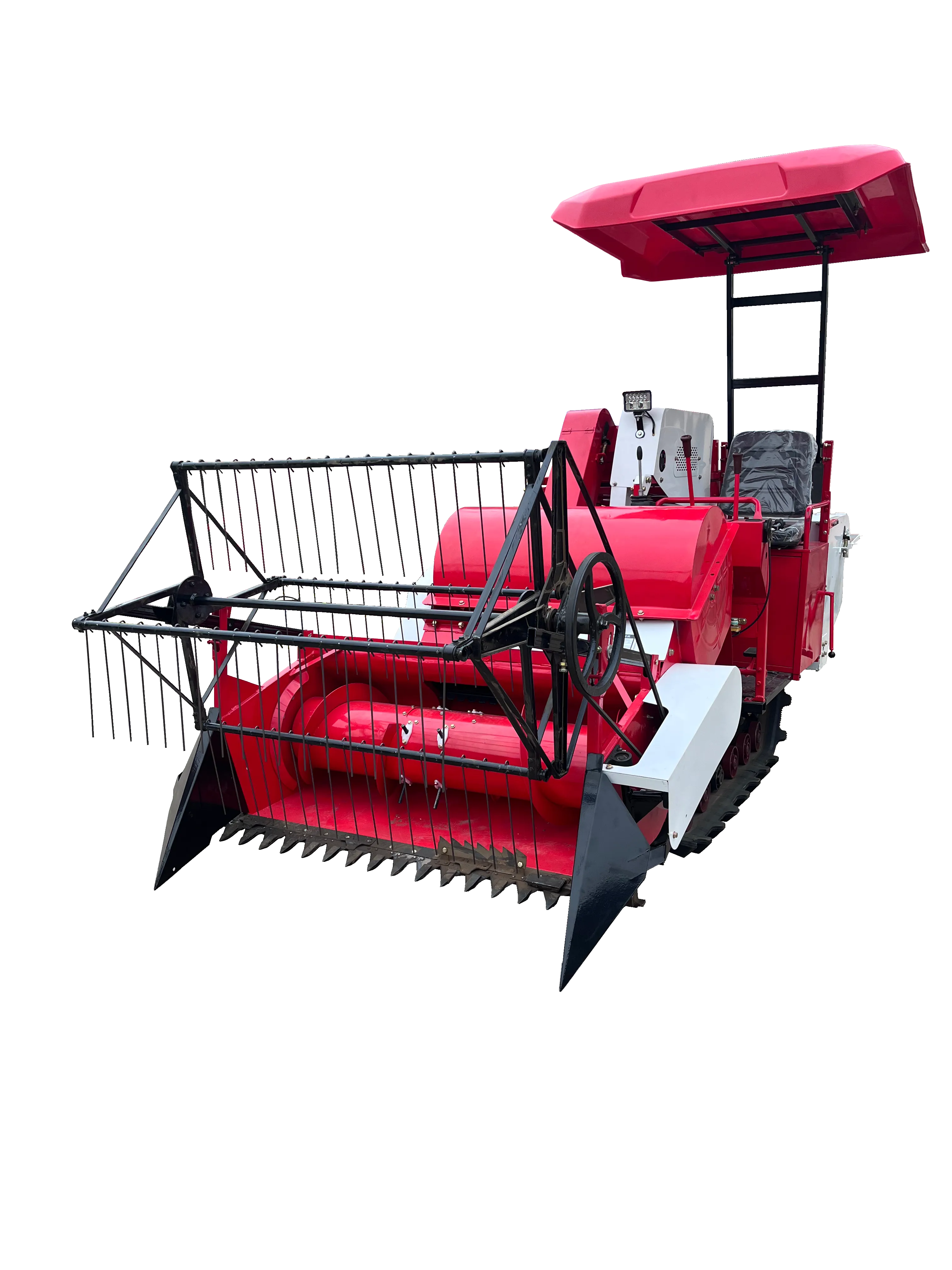Efficient Silage Harvesting Machines for Sustainable Agriculture and Enhanced Feed Production
Understanding Silage Harvester Machines A Key Component in Modern Agriculture
In the ever-evolving world of agriculture, silage harvesting has become an essential practice for farmers aiming to maximize feed efficiency for their livestock. A silage harvester machine is central to this process, allowing for the efficient and effective collection of forage crops, such as corn, grass, and legumes, which are fermented and stored as silage. This article delves into the mechanics, benefits, and advancements of silage harvester machines, highlighting their crucial role in modern farming operations.
The Mechanics of Silage Harvesting
Silage harvesters are specialized agricultural machines designed to cut, chop, and pack forage materials into silage. They operate by using sharp blades to sever the plants at the base, followed by a series of knives that chop the material into smaller pieces, typically between ¼ to 1 inch in length. This chopping process is vital; smaller pieces allow for easier fermentation and compaction, minimizing the risk of spoilage.
Once the forage is chopped, it is typically ejected into a trailer or a silage bag. Some high-tech models even incorporate on-the-go moisture sensors to monitor the moisture content of the chopped material, enabling farmers to adjust the harvesting process accordingly. This adaptability ensures optimal fermentation conditions in the silage pit or bunker, enhancing the nutritional value of the stored feed.
Advantages of Silage Harvesters
The advantages of using a silage harvester machine are manifold. Firstly, the efficiency of these machines significantly reduces the time required for harvesting compared to traditional methods. In large-scale agriculture, time is of the essence, and the speed of operation provided by these machines allows farmers to collect forage at the optimal time, preserving nutritional quality.
silage harvester machine

Moreover, silage harvesters contribute to the quality of the silage produced. Properly processed silage, with an ideal chop length and moisture content, leads to enhanced fermentation. Good fermentation minimizes the risk of aerobic spoilage during storage, ultimately improving feed quality for livestock. High-quality silage can lead to better milk production in dairy cows and improved growth rates in beef cattle, directly influencing a farmer's bottom line.
Additionally, modern silage harvesters are increasingly equipped with advanced technology that enables precision agriculture practices. Features such as GPS-guided steering, yield mapping, and automatic section control allow farmers to optimize their harvesting efforts, reducing waste and improving overall efficiency.
Innovations and Future Trends
The agricultural industry is continually evolving, and silage harvester machines are no exception. Recent innovations include the development of hybrid models that combine traditional harvesting techniques with modern technology. These machines not only harvest forage but also assess the quality of the crop in real-time, allowing for data-driven decisions regarding feed quality and livestock nutrition.
Moreover, sustainability practices are becoming more prominent within the industry. Newer machines are being designed to minimize fuel consumption and reduce greenhouse gas emissions. Electric and hybrid models are being tested, promising a future where silage harvesting can be done with minimal environmental impact.
Conclusion
Silage harvester machines represent an indispensable part of modern farming, providing the tools necessary for efficient, high-quality forage harvesting. As technology continues to advance, these machines will likely incorporate even more features to enhance their functionality and sustainability. For farmers looking to improve their operations and ensure their livestock receive the best nutrition possible, investing in a silage harvester is a step towards a more productive and efficient agricultural future.
Latest news
-
When to Upgrade Your Old Forage HarvesterNewsJun.05,2025
-
One Forage Harvester for All Your NeedsNewsJun.05,2025
-
Mastering the Grass Reaper MachineNewsJun.05,2025
-
How Small Farms Make Full Use of Wheat ReaperNewsJun.05,2025
-
Harvesting Wheat the Easy Way: Use a Mini Tractor ReaperNewsJun.05,2025
-
Growing Demand for the Mini Tractor Reaper in AsiaNewsJun.05,2025
